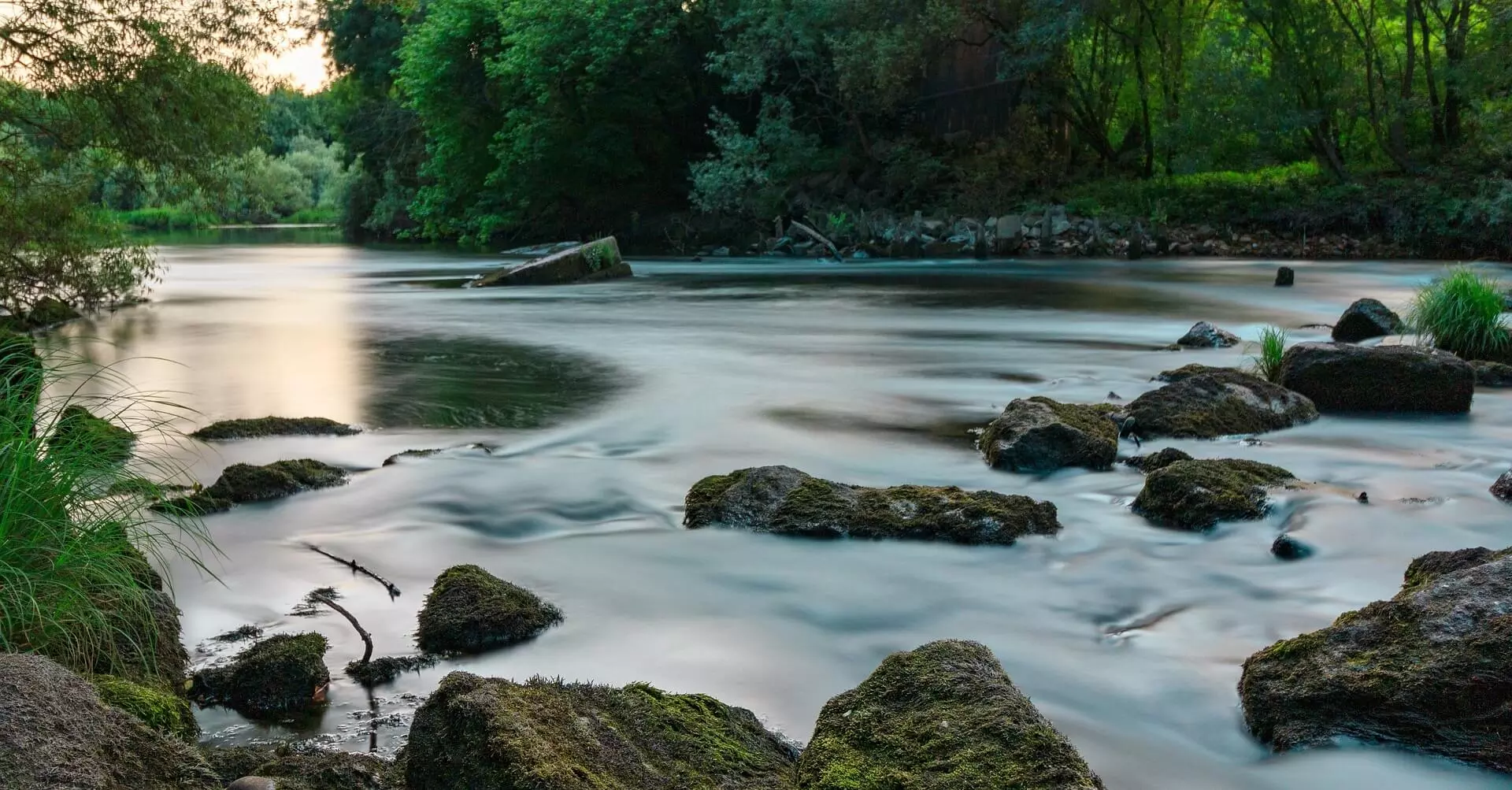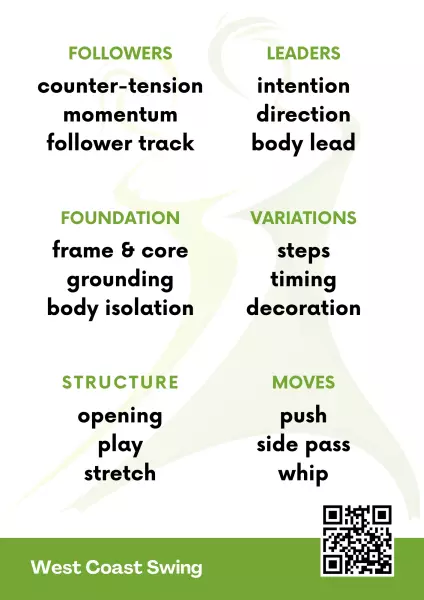
Discovering The Flow
The “flow” is the magic of dancing: maintaining fluid, continuous movement that captures the rhythm and aesthetics of your favourite style.
It’s about preserving energy and intention, with every move setting up the next, seamlessly connecting partners through stretch, direction, and momentum.
Every dance style begins with music and the creative inspiration of dancers bending the rules. Why not create your own story?

What Makes Us Different
Learning steps and figures is a common way to start dancing — but focusing too much on the “math” can make you lose the flow.
In our classes, we flip the script. We teach you to move confidently by embracing the natural flow of your body first. Then, we introduce the “rules of the dance” as creative variations, letting your movements feel both free and intentional.
Our method accelerates learning and adapts to your unique experience. Whether you’re a beginner or advanced dancer, our drop-in classes are tailored for you.
Followers
Own your dance, but do not dance on your own
Leaders
Lead yourself with intention, and listen to your follower.
Discover the six dimensions of dance — a transformative approach to help you dance in harmony with yourself, your partner and the world around you, no matter the dance style!
Postures
Root your frame into the ground, creating shapes that inspire stillness or movement
Connection
Build a unique, continuous conversation with your partner
Musicality
Let the music guide your dance, bringing everything together in harmony
Style
Express your inner dancer in sync with your body and soul
Alignment
Shape your intentions and movements to create a clear direction and a smooth partner flow
Floorcraft
Navigate the dance floor with awareness, blending into the space around you
Growing your technique
Dancing is a conversation, a sequence of playful exchanges that begins with an opening and concludes with a stretch or compression.
Our method sharpens your skills by helping you master these key elements while staying in rhythm and building a strong core connection with your partner.
As you grow, you’ll become familiar with concepts like:
- Frame, grounding and body isolation
- Counter-tension and projection
- Presence and momentum
- Intention and commitment
- Posture and the 3 frames
- Balance and elasticity
- Contact points and triggers
- Dissociation and the Double-T
- The geography of movement: the 3 tracks and the North Star
- Musical elements: bars, sets, phrases, verses, chorus, and instruments
Breaking Through Plateaus
Feeling stuck in your dancing? Try these ideas to reignite your creativity:
- Experiment with new steps or rhythms
- Slow down or speed up your dance
- Add variations in height, arms, expressions, or orientation
- Style what you’re already good at
- Swap your steps (e.g., replace triple steps with singles)
- Create 20 variations of a single move
- Attend practice sessions and ask for feedback
- Book private lessons for personalized guidance
- Watch videos of professional dancers for inspiration
- Join weekenders, workshops, or even competitions
- Volunteer in your dance community as a helper or taxi dancer
- Try new dance styles or learn from different teachers
Our inspirations
Our method draws from the goal-oriented teaching of international swing instructor Ali Taghavi and the Shu-Ha-Ri-Kokoro philosophy popularized by Alistair Cockburn.
Over the years, we’ve also been inspired by incredible teachers across various styles, including Ron & Sharon, Mimmi & Fredrik, Lisa & Fabien (swing and blues); Maxence & Virginie, Jang, Browly (west coast swing); Jenny & Ricardo, Juan Cantone (tango); and Adam Nathanson (modern jive). Their influence continues to shape our teaching and dancing.
Let us help you find your flow and elevate your dancing to the next level!
